The Refugee Crisis and 1930s America
Students are introduced to the many factors that influenced Americans’ will and ability to respond to the Jewish refugee crisis, including isolationism, racism, xenophobia, and antisemitism.
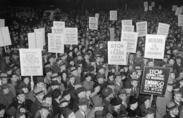
The Child Refugee Debate
Students consider how the debate around the Wagner-Rogers Bill reflected competing ideas in the United States about national identity, priorities, and values.
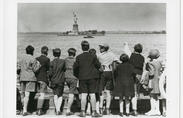
Refugees and Rescuers: The Courage to Act
Students explore the intertwined personal stories of Jewish refugees who attempted to flee to the United States and the American rescuers who intervened on their behalf.
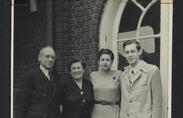
Antisemitism Today
Help equip students to recognize contemporary manifestations of antisemitism and their origins using these resources.

Resistance Is...
Israeli poet Haim Gouri and Monia Avrahami explore resistance during the Holocaust.
A Family Responds to Kristallnacht
Learn about a family who assisted their Jewish neighbors after Kristallnacht, and the consequences they faced for this decision to help.
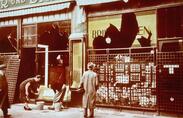
Refusing to Pledge Allegiance
Read about two men's refusals to pledge their allegiance to the Nazis and the consequences they faced.
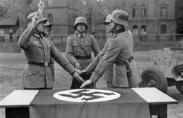
Do You Take the Oath?
Reflect on the choices and actions of two Germans who had to decide whether or not to pledge an oath of loyalty to Hitler.
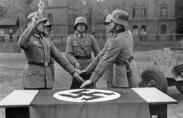
The Nuremberg Laws
Learn about the laws that redefined what it meant to be German in Nazi Germany, and that stripped Jews and others of citizenship.
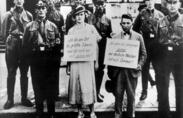
Phases of the Holocaust
Help students understand the four major stages of the Holocaust according to scholar Doris Bergen.
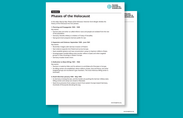
Main Nazi Camps and Killing Sites
Between 1933 and 1945, the Nazis established more than 40,000 camps for the imprisonment, forced labor, or mass killing of Jews, Sinti and Roma, Communists, and other so-called “enemies of the state."
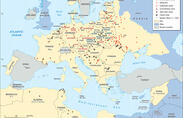
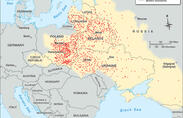
Obedience: The Milgram Experiment
This documentary describes the social science experiment known as The Milgram Experiment.
The "Special Trains"
Consider the role of bureaucrats in the Nazi regime with this interview with a man who managed the trains to Auschwitz and Treblinka.
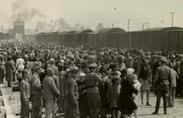
"Proving Oneself" in the East
Examine how Nazi Germany's army targeted both the Polish army and the people of Poland as it waged war.
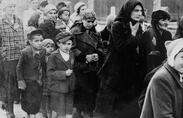
Mobile Killing Units
Learn about the mass shootings and massacres of Jews by German forces at Babi Yar, Kiev, and other Baltic territories.
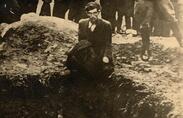
Survivors and Witnesses: Video Testimony
This collection features powerful accounts of the Holocaust, told by survivors, rescuers, and witnesses, selected from USC Shoah Foundation’s Visual History Archive.
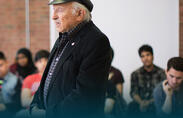
Teaching with Video Testimony
Students watch video testimony from a Holocaust survivor and engage in purposeful reflection about the survivor’s important story.
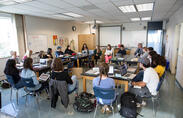
Difficult Choices in Poland
Consider how two people in occupied-Poland responded to the persecution and murder of Jews in their community.
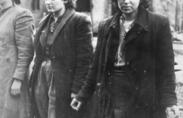
Le Chambon: A Village Takes a Stand
Explore rescue during the Holocaust with the story of a community in Southern France that sheltered and hid thousands of Jews fleeing Nazi persecution (Spanish available).
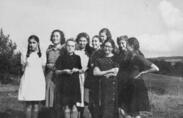
Diplomats and the Choice to Rescue
Read the stories of two diplomats who chose to use their status to rescue Jews from the Nazis during World War II.
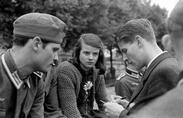
Protests in Germany
Investigate different examples of protest and resistance by Germans against the Nazi regime in the 1940s, including the White Rose resistance group.

The Warsaw Ghetto Uprising
Learn about the largest act of resistance by Jews against the Nazis, mounted by prisoners of the Warsaw ghetto.
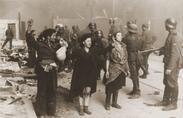
Exploring Justice after the Holocaust
Students contemplate the challenges the Allies faced when seeking justice after the Holocaust through an interactive, discussion-based activity.
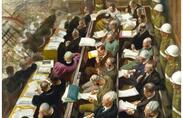
Moral Luck and Dilemmas of Judgment
Reflect on the challenges posed by making moral judgments about the actions of people in the past.
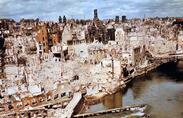
Transitional Justice in Germany
Learn about the concept of transitional justice and reflect on ways that Germany as a nation has faced its past and accepted responsibility for the Holocaust.
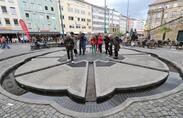
The Possibilities and Limits of Forgiveness
Read the perspectives of authors, ministers, scholars, and rabbis and consider the meaning and limitations of forgiveness, responsibility, and justice.
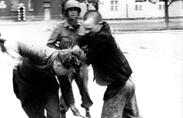
The Tokyo Trials
Examine the international tribunal held by the Allies at the end of World War II that tried and sentenced Japanese leaders for war crimes.
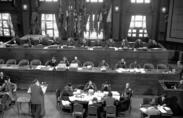
Judgment and Justice
Examine the nature of judgment, forgiveness, and justice, and learn about the challenges of deciding an adequate response to the crimes of the Holocaust.

Forgetting Isn't Healing
Jouranlist Sonari Glinton connects Elie Wiesel’s teachings on bearing witness to his own experiences as a Black man in the United States.
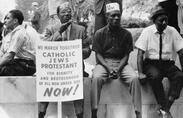
What Difference Can a Word Make?
Consider the power that words have to influence people to act on behalf of others.
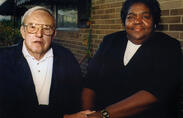
Acknowledging the Past to Shape the Present
Learn about two initiatives aimed at confronting past violence and reflect on how facing the past can help shape a better future.
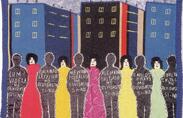
Who We Are, Or Could Be, in Times of Crisis
Historian and activist Rebecca Solnit writes about people’s responses to disasters and the human capacity to do good.
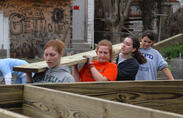
Holocaust and Human Behavior One-Week Unit Outline
The five lessons in this unit give students an overview of the history of Nazi Germany and the Holocaust and provide a window into the choices individuals, groups, and nations made that contributed to genocide.
Teaching Holocaust and Human Behavior
Use this 23-lesson unit to lead middle or high school students through a study of the Holocaust that asks what this history can teach us about the power and impact of choices.

Holocaust and Human Behavior
Explore the digital version of our core resource on the Holocaust. Find classroom-ready readings, primary sources, and short documentary films that support a study of the Holocaust through the lens of human behavior.
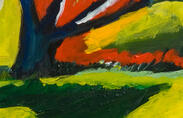
Current Events in the Classroom
Explore classroom resources for making connections between current events and your curriculum, including activities and discussion strategies for high school and middle school students.
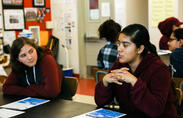
Walking with the Wind
Congressman and activist John Lewis describes his vision of how we can work together to strengthen our communities and make a better world.
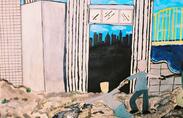
Do You Take the Oath?
Students consider the choices and reasoning of individual Germans who stayed quiet or spoke up during the first few years of Nazi rule.


